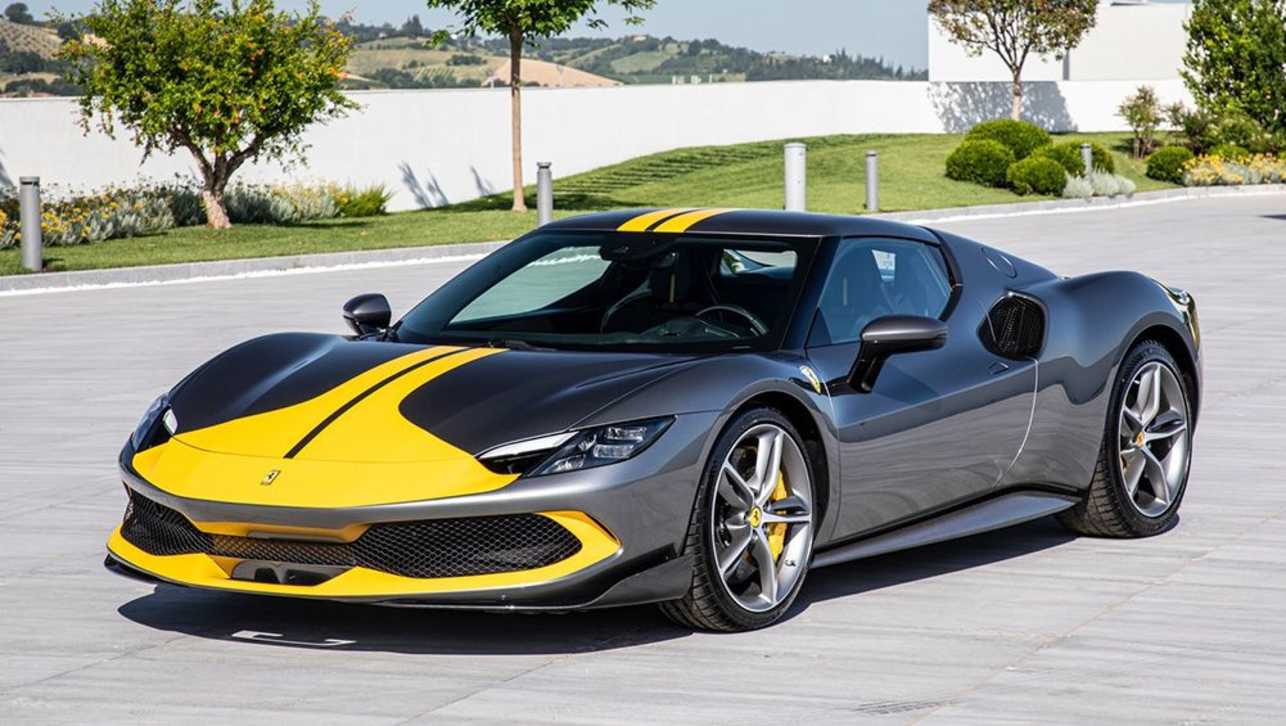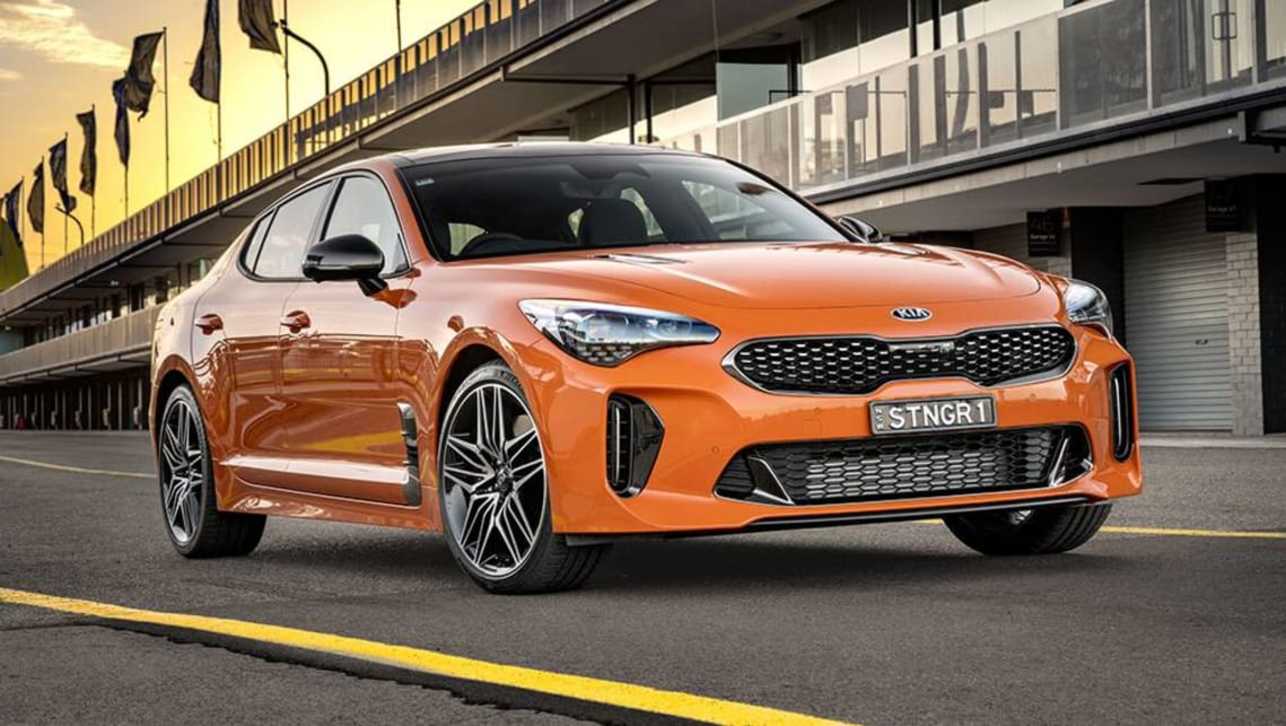Australians have always loved the idea of a V8 engine, after all they have powered some of our most iconic models, from the Holden Monaro, Ford Falcon GT and even the Leyland P76. But with the demise of the local manufacturing industry as well as stricter emissions regulations around the world, the V8 engine is on borrowed time.
‘Downsizing’ has become the buzzword for carmakers as they look to cut emissions and after years of focusing on mainstream models. The rise and rise of the so-called ‘low blow’ turbocharged engines, which swap capacity and cylinder count in favour of force induction with a focus on economy and not performance, have become the defining trait of modern cars.
Now even performance cars and hero models are having to cut back as electrification looms as the next performance battleground. The few brands that continue to offer V8 engines have either reduced or stopped entirely development on them.
For those of us who still appreciate internal combustion performance, thankfully the V6 is ready to take its place. A new breed of V6 engines have emerged in the last few years, producing just as much (if not more) power than a V8 while using less fuel.
A rising number of car brands are making the switch from eight to six without sacrificing performance. Everyone from Ford to Ferrari is transitioning away from V8 engines as the performance benchmark. Even Ford’s own Ferrari-rivalling GT supercar was powered by a 3.5-litre twin-turbo V6 instead of a V8.
Here are five other examples of a V6 stepping up to power a new performance hero, proving that there is actually a replacement for displacement after all…
Ford Ranger Raptor
292kW/583Nm 3.0-litre V6 twin-turbo petrol
.jpg)
This is actually an upgrade from the 2.0-litre four-cylinder twin-turbo diesel, but for those wishing and hoping for a V8-powered Raptor, Ford had other ideas. The new EcoBoost engine may only have six-cylinders but it packs quite a punch, with 292kW/583Nm lining up pretty strongly against the 5.0-litre V8 found in the Mustang GT, which makes more power but less torque - 339kW/556Nm.
Kia Stinger
274kW/510Nm 3.3-litre V6 twin-turbo petrol
.jpg)
The South Korean brand wasn’t subtle in its attempts to position the Stinger as an alternative for the locally-made Holden Commodore and Ford Falcon sports sedans. However, while those were famously V8 powered (although the Falcon XR6 Turbo was an early six-cylinder hero) Kia opted for a turbocharged V6 for the Stinger.
Its 274kW/510Nm may not have been quite a match for the final Commodore SS-V (304kW/570Nm), but it’s not far off and the Stinger is certainly no slouch when you put your foot down.
Audi RS5
331kW/600Nm 2.9-litre V6 twin-turbo petrol

The mid-size European sports sedan/coupe market used to be a contest between Audi, BMW and Mercedes-AMG to see who could design the best V8 for the respective RS5, M3 and C63. Now none of the trio are V8-powered, with the AMG even swapping for a four-cylinder in the upcoming new model, but none have taken a step back in terms of performance.
This 2.9-litre V6 was co-developed by Audi and Porsche and it makes more power than the V8 it replaced.
Maserati MC20
463kW/730Nm 3.0-litre V6 twin-turbo

The Italian brand is in the middle of another revival period, launching its first genuine sports car in more than a decade. In a sign of how far the automotive world has come, this all-new V6 engine developed by Maserati (and dubbed the ‘Nettuno’) makes more power than the 6.0-litre V12 in the brand’s last sports car, the MC12.
Ferrari 296 GTB
610kW/740Nm 2.9-litre V6 twin-turbo petrol with electric motor

And we’ve saved arguably the best example of this V8 to V6 trend until last. Ferrari, a brand that is synonymous with performance and V8 engines, has effectively replaced its V8-powered sports car hero with a V6-powered version. The order book for the V8-powered F8 Tributo has closed with the V6-powered 296 GTB filling its place in the line-up going forward.
The newly-developed V6 engine makes 487kW on its own but also gets a 122kW boost from an electric motor to make for a very potent V6 hybrid powertrain.






.jpg)
.jpg)

.jpg)





.jpg)
.jpg)
_0.jpg)



.jpg)


.jpg)
.jpg)



.jpg)
Comments